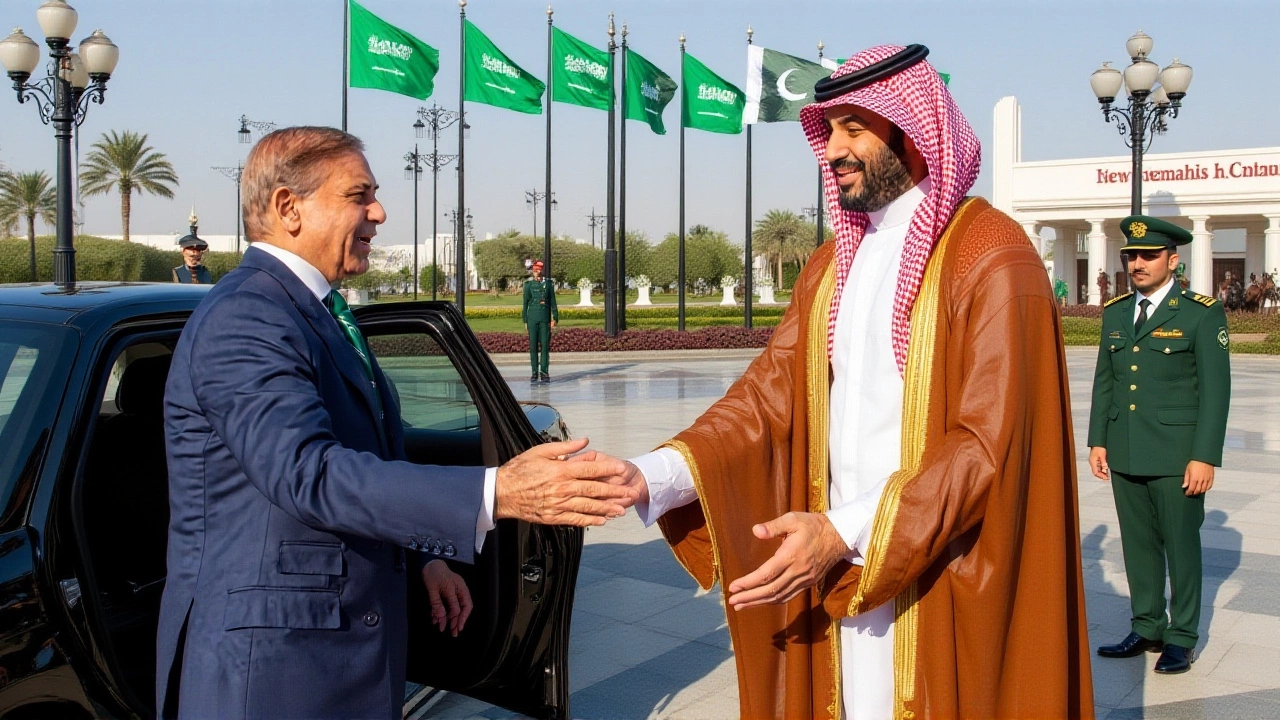Defense Pact: What It Is and Why It Matters
When talking about defense pact, a formal agreement where two or more countries promise to support each other militarily if one is attacked, you’re looking at a tool that shapes global politics. It’s not just paperwork; it sets rules for troop deployments, joint exercises, and resource sharing. The goal is simple: make sure an aggressor thinks twice because multiple nations will respond together.
One common form is a mutual defense agreement, a pact that obligates signatories to treat an attack on one as an attack on all. These agreements often list clear triggers – like a declared war or a terrorist strike – and outline how forces will be coordinated. Another piece of the puzzle is a strategic partnership, a broader relationship that includes defense but also economic, technological, and diplomatic cooperation. Together, they create a network that boosts trust and reduces the chance of miscalculations.
Key Elements of a Defense Pact
First, the purpose. Most defense pacts aim for collective security, meaning each member gains protection beyond its own borders. Second, the parties involved. While some pacts bind just two neighbors, others pull together dozens across continents, like the NATO treaty. Third, the scope. Some agreements limit assistance to conventional forces, others cover cyber‑defense, intelligence sharing, and even humanitarian aid. Finally, the mechanisms. You’ll find clauses for joint training, cost‑sharing formulas, and decision‑making bodies that meet regularly.
Understanding a defense pact also means looking at its impact on regional security, the stability and safety of a geographic area influenced by political and military actions. When neighboring countries sign a pact, potential rivals must weigh the combined strength before making any move. This can deter aggression, but it can also spark arms races if outsiders feel threatened. The balance between deterrence and escalation is delicate, and policymakers spend years fine‑tuning language to avoid unintended consequences.
Take the recent talks between India and Japan as an example. While officially titled a health‑cooperation meeting, the two leaders also discussed expanding their existing security framework. That conversation hints at a possible shift toward a more formal defense pact, which would blend pandemic response with military collaboration. Such hybrid agreements show how flexible these tools have become, mixing traditional defense with new‑age challenges like bio‑security.
Another angle is the economic side. Defense pacts often come with joint procurement programs, where members buy equipment together to lower costs. This creates a market for shared technology and can boost domestic industries in each country. For instance, a strategic partnership might include a clause for co‑developing a fighter jet, giving all signatories access to cutting‑edge aerospace without each nation shouldering the full price.
From a legal standpoint, these agreements are binding under international law, but enforcement relies on political will. If a member fails to honor its commitments, the pact can lose credibility, weakening the whole network. That’s why many pacts embed dispute‑resolution mechanisms, ranging from diplomatic talks to arbitration panels, to keep the alliance functional even during tense moments.
Security analysts often map out the ripple effects of a new defense pact. They ask: How will neighboring states respond? Will the pact shift the balance of power? Will it encourage other nations to form counter‑alliances? These questions highlight the strategic calculus behind each clause and show why a seemingly simple agreement can reshape entire regions.
For citizens, the relevance of a defense pact shows up in everyday life. It can mean more joint military drills near home, increased presence of allied forces, or even joint disaster‑relief missions. In some cases, it leads to better training for local troops, which can raise overall professionalism and safety standards across the armed forces.
Critics sometimes argue that defense pacts drag countries into conflicts they would otherwise avoid. They point to historical examples where alliance obligations pulled nations into world wars. Modern agreements try to address this by clearly defining the circumstances that trigger collective action, aiming to avoid automatic escalation.
Despite the debates, the core idea stays the same: shared security reduces individual risk. By pooling resources, nations can field stronger forces, share intelligence, and respond faster when crises arise. That’s the promise that keeps leaders negotiating new pacts and renewing old ones.
Below you’ll find a curated list of stories that touch on the many facets of defense pacts, from diplomatic talks and strategic partnerships to regional security concerns. Dive in to see how these agreements shape policy, influence economics, and affect the everyday lives of people around the world.

Saudi-Pakistan Defense Pact Signed in Riyadh, Shifts Gulf Security
Saudi-Pakistan sign a strategic defence pact in Riyadh, linking their militaries and nuclear options, reshaping Gulf security and prompting regional reactions.